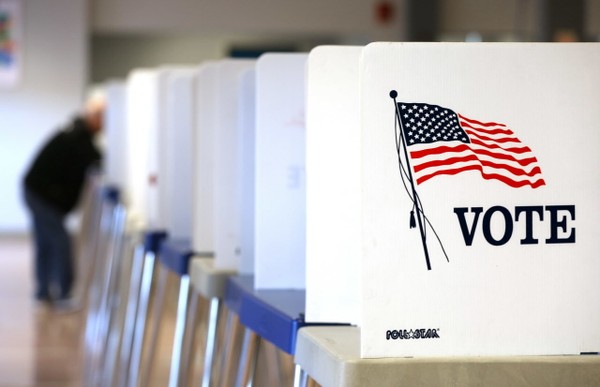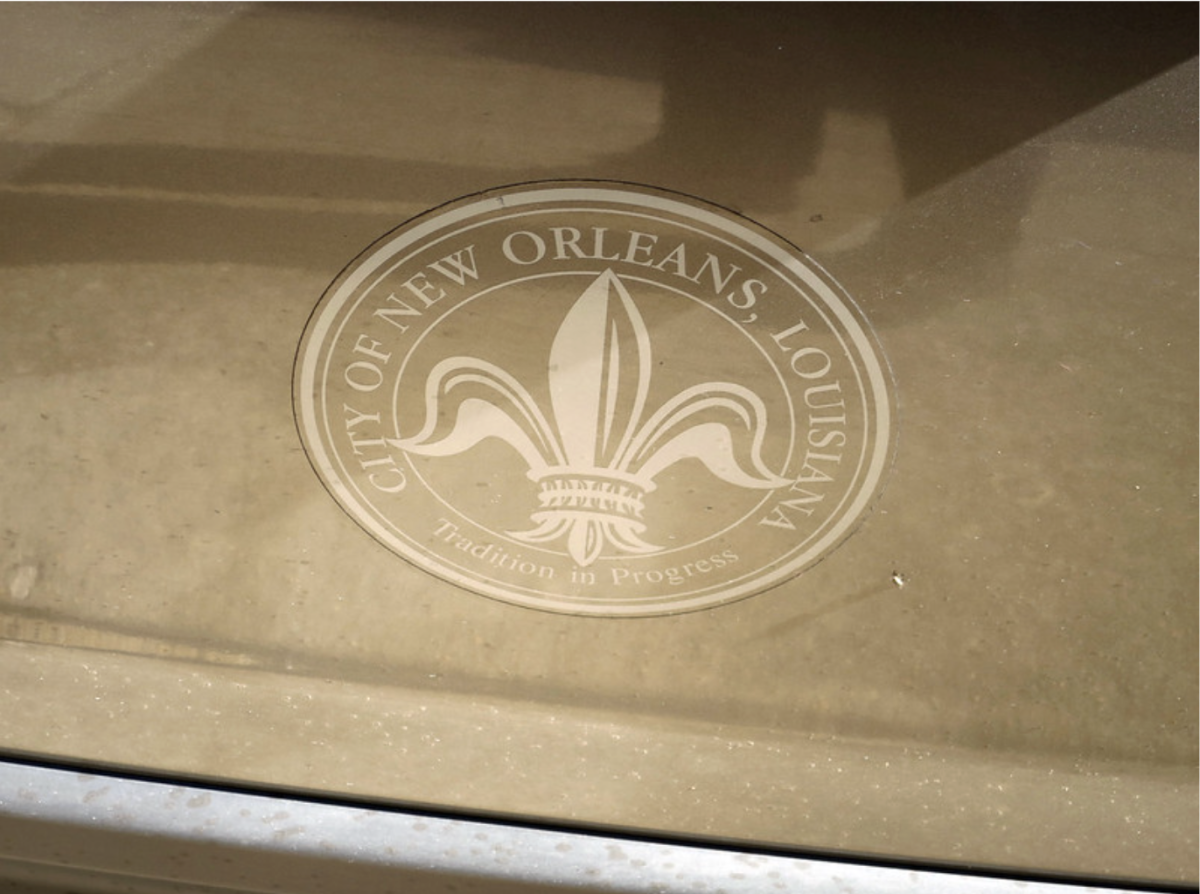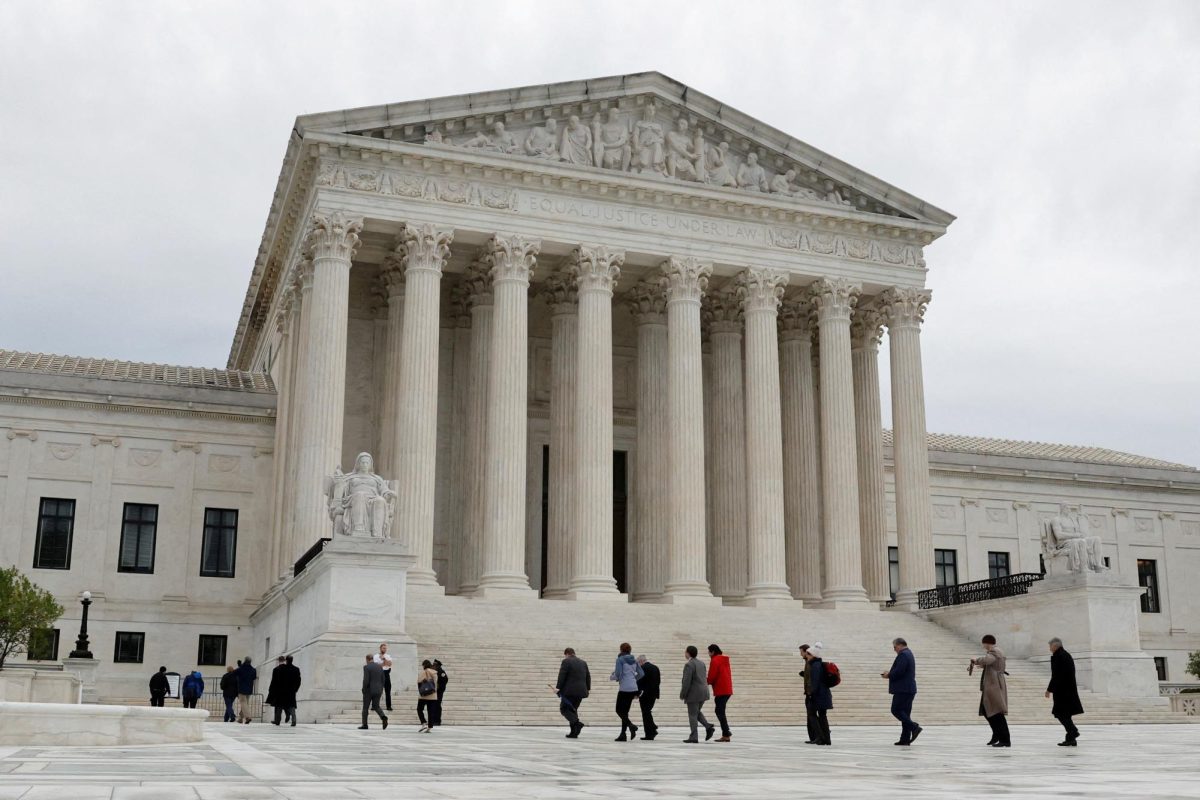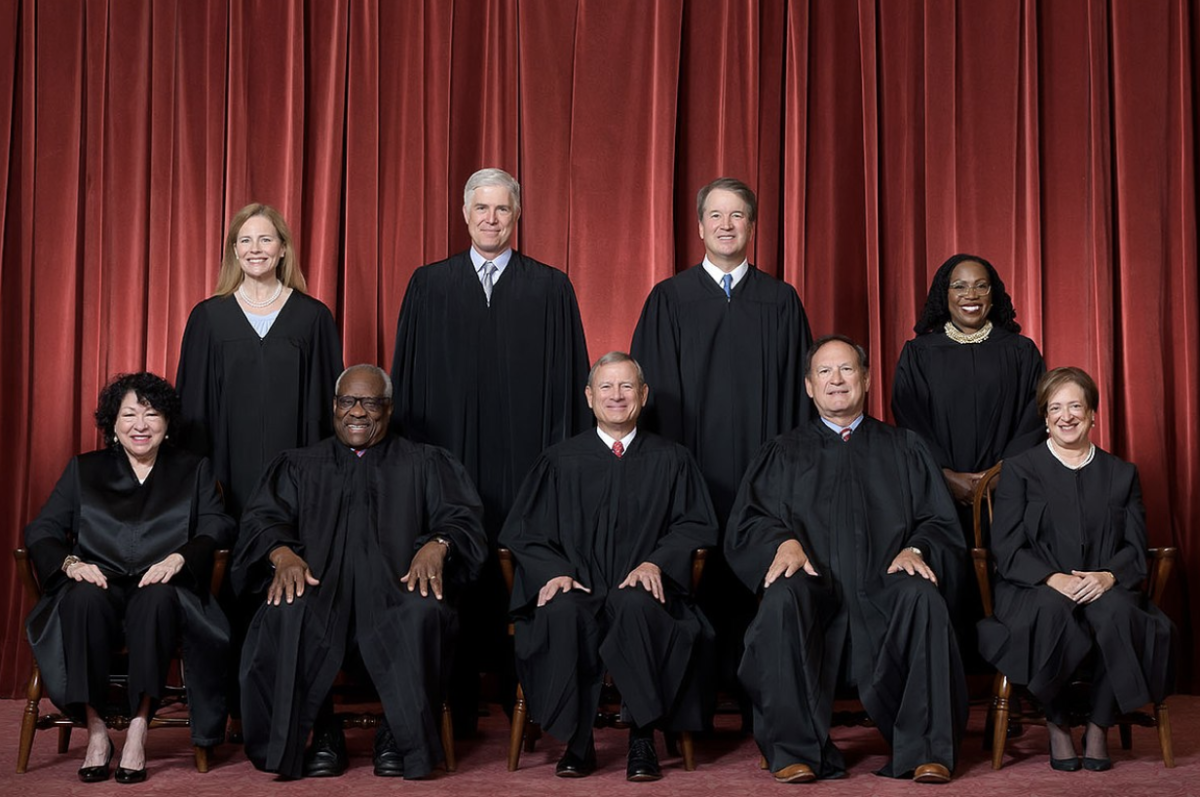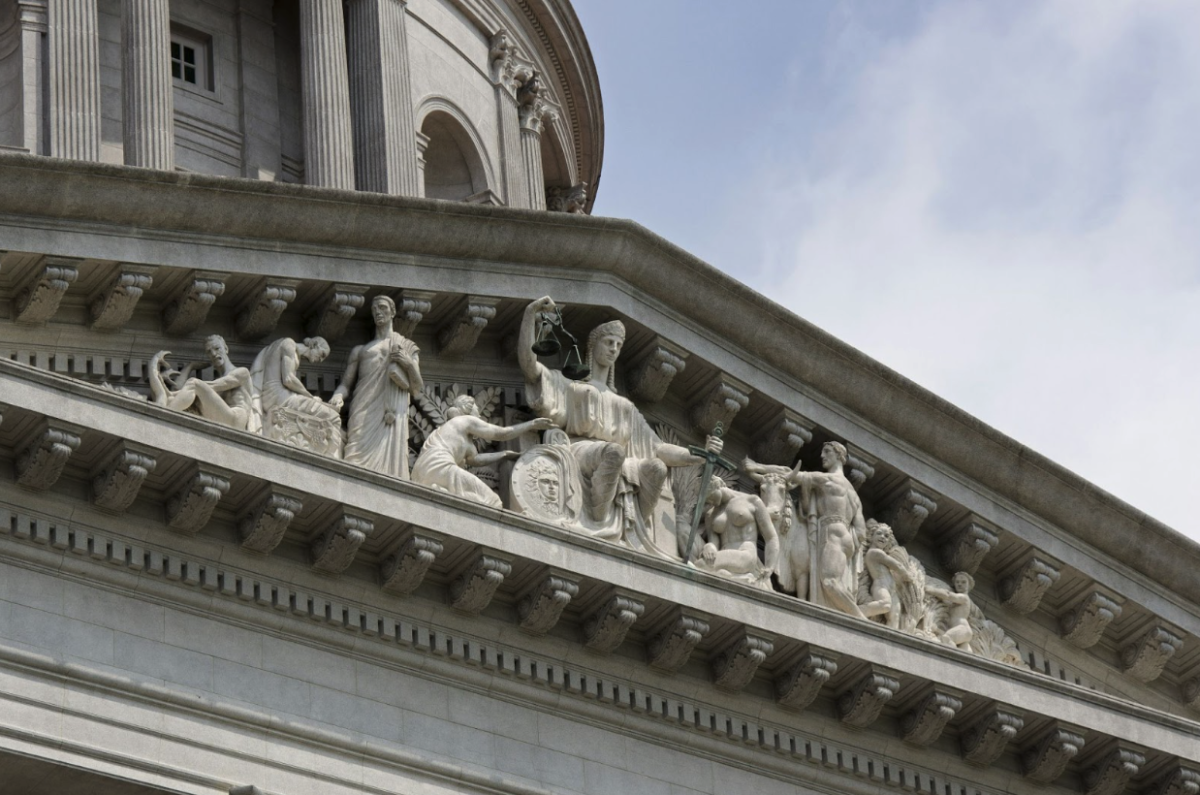Last week, the Asian-American Students Association (AASA) and the Asian Pacific American Law Students Association (APALS) collaborated on a presentation about the treatment of Asian-Americans in U.S. history and Asian-Americans’ historically lower rates of political participation.
This event is one of many events put on in October as part of Asian Pacific American Heritage Month (APAHM). Sophomore Wesley Wei, who is coordinating AASA’s activities for the month, described it as “a chance to educate the rest of campus about our identities and our cultural heritage.”
John Kim, a 2-L at Vanderbilt Law School and Co-President of APALS, said that, generally speaking, “Asian-Americans are very dormant when it comes to voting and political activism.” Kim’s observation is supported by data from recent elections. In the 2012 presidential election, voter turnout among Asian-Americans was 47%, compared to 64% for white voters and 67% for African-American voters. In the 2016 presidential election, voter turnout among Asian-Americans was 49%, compared with 64% for white voters.
Kim attributes this phenomenon to the fact that many Asian-Americans come from countries that don’t have the same democratic norms as the U.S. In these countries, Kim continued, citizens are sometimes taught that “the nail that sticks out is the one that gets hit by the hammer.” Wei said that the deficit in political activism comes from the complex effects that immigration often has on identity. Wei said, “Having to juggle two different worlds, many [Asian-Americans] feel like they don’t have a firm enough balance [in the U.S.] to get politically involved.” Kim and Wei argued that the history of Asian-Americans in the U.S. shows not only why many Asian-Americans have chosen not to participate in politics but also why it is so important that more Asian-Americans get involved.
The groups started their presentation with a letter written by John Chu, director of the film Crazy Rich Asians, asking Coldplay to use their song “Yellow” in the film. The letter states, “The color yellow…it’s always had a negative connotation in my life. That is, until I heard your song. For the first time in my life, it described the color in the most beautiful, magical ways: the color of the stars, her skin, the love. It was an incredible image of attraction and aspiration that made me rethink my own self-image.”
AASA and APALS urged Asian-Americans at Vanderbilt to rethink the way that they view the history of Asian-Americans in the United States. The groups cited discrimination of Asian-Americans in workplaces and on railroads in the 19th century. They discussed the so-called “Yellow Peril,” which resulted in discriminatory immigration laws such as the Page Act of 1875 and the Chinese Exclusion Act of 1882. They also cited alien land laws, which made it harder for many Asian-Americans to purchase property, anti-miscegenation laws, which forbade marriage between people of different races, and the internment of Japanese-Americans in World War Two. This history, the groups emphasized, directly impacts the way that Asian-Americans perceive their role in political processes in the U.S.
Many political scientists have identified Asian-Americans as a crucial swing demographic in the 2018 midterm elections. Asian-Americans, the fastest growing minority group in the U.S., are expected to make up one-tenth of all voters by 2044.
AASA member Suzy Kim said that although her parents have lived in the U.S. for over 20 years, they aren’t U.S. citizens. When she votes, she votes for them too. AASA member Alyson Win, whose parents moved to the U.S. from Myanmar in the early 1990s, also emphasized the importance of voting. She said, “My parents and I don’t agree on many of the issues. But we do agree that voting is a privilege, and we have to do it.”
Check if you’re registered to vote at this link, and order your absentee ballot here.

